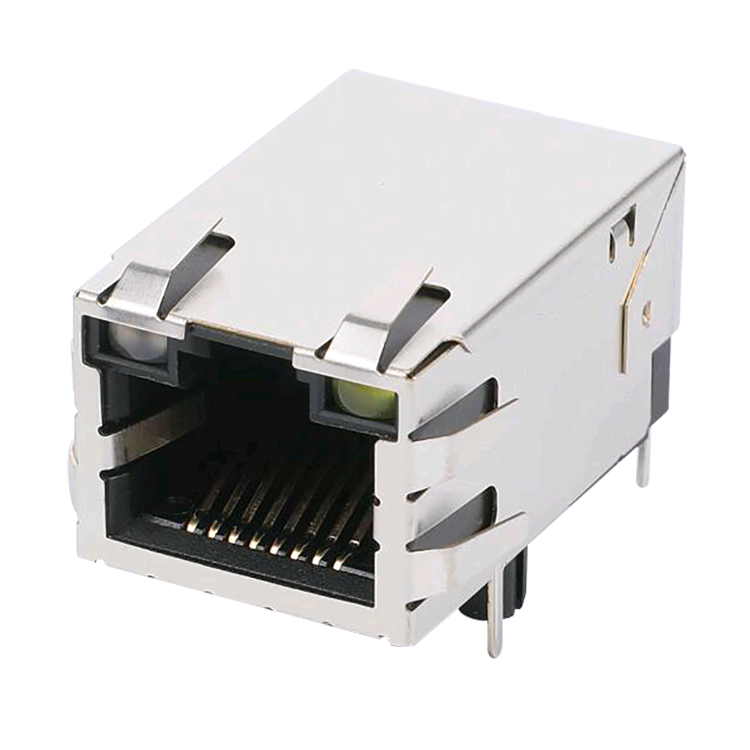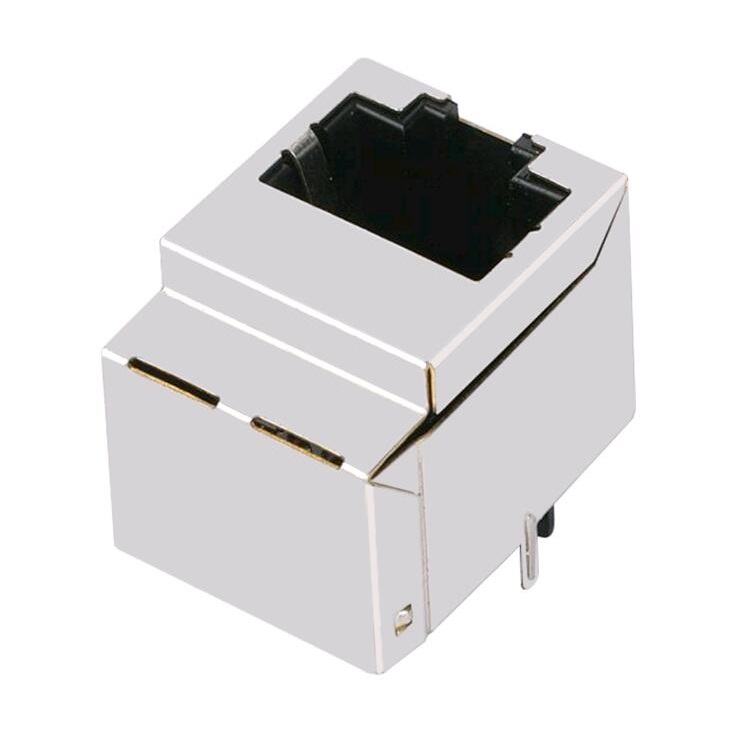Our expert, award-winning staff selects the products we cover and rigorously researches and tests our top picks. If you buy through our links, we may get a commission. Reviews ethics statement
Commentary: USB-C's charging and data transfer versatility also brings complications that millions of folks now get to experience firsthand. 7499151120

Apple has been making USB-C cables for years. Now they are coming to iPhones.
I love USB-C, the data and charging port that I first encountered in my 2016 MacBook Pro. It's spread to almost all the electronics in my life, and now Apple has built it into the new iPhone 15 smartphones and AirPods Pro 2 earbuds.
I wanted a USB-C iPhone in 2018, back when Apple first added that tech to the iPad Pro. In 2021, I grew more optimistic that it might happen someday after Apple spread USB-C to lower-end iPads. And though I'm skeptical that regulation is the best tool for product development, I'm not displeased that the European Union pushed Apple toward USB-C.
So yes, I'm psyched the iPhone 15 models all have USB-C ports so those USB-C charging cables work for what's arguably the world's most important electronics device. But here's the bad news Apple didn't share at its iPhone launch event: Millions of people entering the USB-C ecosystem will encounter the technology's ugly side too.
The utility and flexibility of USB-C are tainted by confusion over just what the heck comes along with that USB-C port on the side of a device and the cable you plug into it. In short, it's not always obvious whether your device or cable supports high-speed data transfer, high electrical power for fast charging, both or neither.
See also: Apple iPhone 15 Pro and 15 Pro Max Review: Love at First Zoom
The iPhone 15 ships with a USB-C port and charging cable that give customers a taste of the trouble. That cable is fine for charging but transfers data at a mere 480 megabits per second, the poky speed that arrived with the USB 2.0 standard from 2000.
See also: Apple iPhone 15 and 15 Plus Review: Pro Features for Less
During its launch event, Apple conspicuously avoided saying anything about how fast the iPhone 15 USB-C port is, but the spec sheet says it's only the slow USB 2.0. The iPhone 15 Pro models will work at the more useful 10Gpbs speed of USB 3, but only ship with a USB 2.0 cable.
For most folks, the problem will likely be merely an inconvenience. But it reflects the difficulties of the vast USB ecosystem, where the pressure to keep costs low is fierce and certification isn't required. USB-C is a much faster, more useful connection technology than the Apple Lightning port iPhone users have had since 2012, but Apple customers will have to endure some pain leaving the cozy Lightning world.
Apple didn't respond to a request for comment for this article. But it did tout this major change. For one thing, USB-C means a single charging cable is all you need for many Apple devices. For another, you can use your iPhone to charge your AirPods. And on iPhone 15 Pro phones, you can record data-intensive 4K 60fps ProRes video to an external storage device.
Part of the problem with USB is that the term actually refers to three separate standards. Let me explain.
The original standard, Universal Serial Bus, governs how devices identify themselves and send data across a connection. USB arrived in 1996 with a top speed of 12Mbps, but USB 2.0 was much more useful at 480Mbps, enough for printers and thumb drives. The first big speed jump after that was USB 3.0 in 2008 at 5 gigabits per second, better for external hard drives. Successors hit 10Gbps, 20Gbps, and most recently 40Gbps with USB 4. The upcoming USB 4 version 2 should reach 80Gbps. That's good for high-performance storage systems, fast networks and big, high-resolution monitors.
The next standard is USB-C, which refers only to the oval-shaped connector technology. Earlier in USB-C's history, it was common for Android phones to support only slow USB 2.0 data transfer speeds, though that problem has faded with newer models. The newest USB standard, USB 4.0, requires USB-C ports, so as time goes by, it'll be fairer to equate USB-C with high speed.
Last is USB PD, short for Power Delivery, which governs how USB is used for charging at rates up to 240 watts. Most devices don't require that much power, but they do need to know how to negotiate electrical matters -- for example, whether a portable battery should charge your laptop or vice versa.
Having three standards -- USB, USB-C and USB PD -- makes it harder to understand the abilities of all your devices and cables.
Worse, plenty of device manufacturers trying to cut costs and quickly ship products skip the certification process that the USB Implementers Forum offers. Unlike with Intel's Thunderbolt, which developed the fast data transfer approach in modern USB and uses the USB-C connector, there's no requirement to pass tests.
Nobody wants to spend $60 instead of $15 for a USB cable. But be careful: You get what you pay for, roughly. It's more expensive to build cables that support high-speed data or high-power charging. One rule of thumb: Cables billed as "charging cables" in my experience don't bother with the extra cost of high-speed data support. That includes the USB-C cables Apple itself shipped with MacBooks for several years.
One affordable cable I saw billed itself as a USB 4 product, but on deeper inspection, it turned out to support only USB 2.0 data transfer. Either the manufacturer was confused, lying or trying to argue that the cable would work in a USB 4 port even if it only supported slow data rates. (USB's good backward compatibility means slower, older products generally still work fine when attached to newer ones.)
I haven't struggled too much with the slow cable problem. Mostly, I use USB-C for charging, and my devices that need fast connections stay attached to their own fast cables.
But problems can happen. A couple of months ago, when I got a new Canon mirrorless camera, I was caught on a trip with slow cables that really bogged down the process of transferring photos to my laptop.
The good news for iPhone 15 owners is that most of them won't have to care much about whether they have a slow cable. Indeed, iPhone 15 non-Pro phone owners won't be able to benefit from the speeds of a fast cable even if they have one.
Data rates were more important in the olden days when we used iTunes to sync music and photos between laptops and iPhones. Even as photo and video files have exploded in size with 50-megapixel phone cameras and 4K video, most of us get that data off our phones with mobile networks, Wi-Fi and AirDrop, not with cables.
That's the big reason Apple could mostly justify shipping an iPhone 15 with a USB 2.0 cable.
Now, for serious data hogs, the kind of person who's shooting many gigabytes of 4K ProRes video, a faster cable is useful. It's one reason I've been annoyed with the Lightning port on my iPhone. And it's one reason I'm irritated that Apple wimped out and shipped a slow USB-C cable even with its expensive iPhone Pro models.
Apple perhaps is concerned about confusing its own customers. Right now, it offers two options: slow charging cables and fast Thunderbolt cables. There's a big price difference: Apple's 1-meter Thunderbolt 4 cable, which supports 40Gbps speeds, costs $69.
There's no need to spend that much. You can get 40Gbps 1-meter USB-C cables that transfer data at 40Gbps for only a little more than $30. I'm partial to Anker, Plugable, Satechi and Monoprice, whose cables I've used for a few years.
But thanks to USB's messy history, you have to look at the specs carefully. You can save some money getting cables that only support 10Gbps or 20Gbps -- still plenty of capacity for an iPhone -- but 40Gbps is handy if you want to use the same cable to plug your PC into a big external display. And note that your efforts to future-proof your products have limits: The next USB version will reach top speeds of 80Gbps, and Thunderbolt 5 will require 80Gbps support when it arrives in 2024.
I prefer buying USB-C products that have passed USB-IF's useful if optional compliance testing. I check for the USB-IF certifications, and I love it when companies like Plugable attach clear descriptive labels so we don't have to decode USB-IF icons. (And most products don't even have icons.)
USB-C cables like the one at left have an oval connector a smidgen larger than Apple's Lightning cables, left.
There was plenty of kvetching when Apple switched to the Lightning port, even though it was clear Lightning was superior to the bulky, fragile 30-pin connector that preceded it. I'm expecting more complaints with the iPhone's USB-C switch as people discover that all those cables they have stashed in glove boxes, office desks, school backpacks and bedside tables have become obsolete.
But the good news is that USB-C is already very well established, and not just on MacBooks and many iPads. The oval-shaped connector is on modern Android phones, Windows laptops, Nintendo Switch gaming consoles, iPad Pro and Air tablets, Sony noise-canceling headphones, and countless other devices.
That means there's a good chance a lot of us already have USB-C cables lying around. And I am very excited about being able to use my beloved Google Pixel wired earbuds in more devices.
Apple's gripe that the EU's USB-C requirement would generate e-waste is not entirely without merit. But I suspect averaged out over the next three years or so, USB-C iPhones won't mean a massive surge of USB-C cable purchases and Lightning cable trash. It'll just be the cables you do buy will be useful for more devices, and hopefully you won't have to buy, carry, and stash as many. (And, I might add, if Apple were truly concerned about this e-waste issue, it could have given us Lightning cables that didn't fray into junk after a year or two of use.)
When I talk to USB-IF executives about the USB-C's labeling problems, they assure me that most people don't notice any sort of bother about USB speeds and charging rates, and that the gradually maturing technology will mean incompatibilities and product shortcomings eventually will slip into the back of our collective junk drawers.
I hope so. For me, the flexibility and power of USB-C is well worth the pain. But I do wish there wasn't so much pain.

HY911180A One of the great things about USB-C is how broad the product ecosystem is. Want a sturdy cable that's compact enough to fit on your keychain? Nomad sells one -- though it only supports slow USB 2.0 data transfer rates.